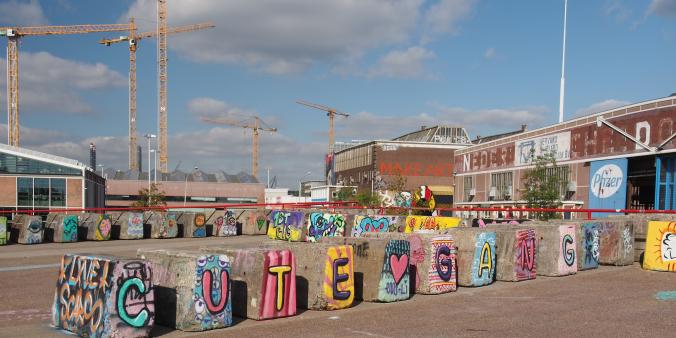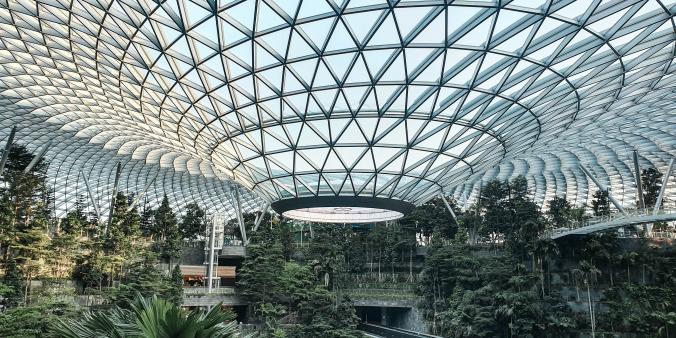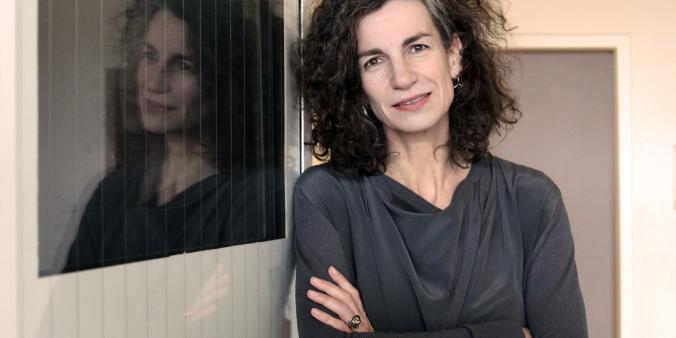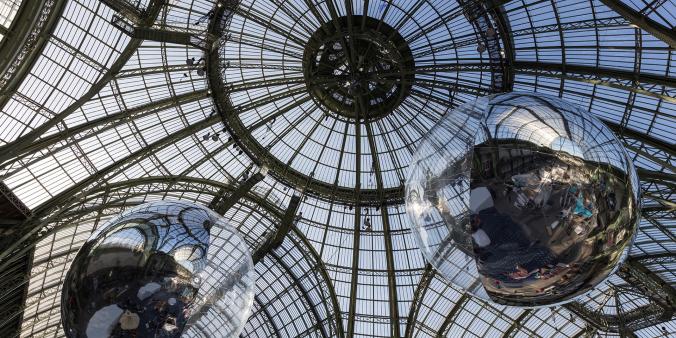
Translocality: artistic internationalisation after the corona crisis
DutchCulture asked researcher Errol Boon to respond to DutchCulture’s colloquium on translocality in the arts, reflecting on the upcomming challenges of international cultural collaboration after the coronacrisis.
Translocality: artistic internationalisation after the corona crisis
Writing from my new, somewhat hastily arranged home office in the otherwise so crowded city centre of Amsterdam, I can hear construction workers performing the probably long-postponed renovation activities of the empty hotels and restaurants down the street. On my kitchen table annex desk, I see newspapers in which epidemiologists, economists, virologists, philosophers and other intellectuals publicly speculate on both the structural causes and fundamental effects of the coronavirus. I imagine the multitude of people in this city working in ‘non-vital’ institutions, who would normally be so preoccupied by short-term worries but are now left wondering what the raison d'être of their organisation actually consists of. And while I still smugly savour the lingering aftertaste of my elaborately prepared lunch and smell the remarkably fresh air wafting in through the window, I feel my fingers spelling out the word ‘crisis’.
It has fast become commonplace to describe the current situation as a crisis. Yet it is worthwhile, recalling the remarkable etymological accuracy of the word. The Greek word krísis does not just denote a calamity, but first and foremost a ‘turning point’, which demands a strong ‘decision’ that divides (krínein) the situation prior to the crisis from the fundamentally different situation after the crisis. A krísis is a ‘trial’ – and the construction workers renovating the hotel’s foundations, the employees rethinking the institutions they work for and the intellectuals reflecting on the virus’s macro-context all seem to hold seats in the trial’s jury.
Taking part in a trial involves a high sense of responsibility, i.e. the ability to respond. During the trying times of a crisis, in which reality becomes uncertain and confusing, it indeed becomes very difficult to properly respond to the present situation with tools and concepts that date from the pre-crisis world. Since our alleged progression is now arrested and the logic of the past no longer applies necessarily to the future, respond-ability becomes an act of rethinking seemingly self-evident ideas, of bravely reassessing the status quo. We cannot continue in the same old way, something has to change and for that to happen we need to respond and make strong decisions - that is a genuine crisis.
At first sight, cultural internationalisation might seem to be one of the least relevant topics in the current corona crisis. Most critical attention goes out to immediate questions concerning, for instance, the possibility of vaccinations, the need for a basic income, the ramifications of far-reaching surveillance techniques, the economic precariousness of cultural workers, and so on. However, if we truly want to respond to this crisis, we cannot gloss over an essential feature of almost every aspect of our cultural lives: its international connectedness. From the series we binge on our streaming services to the tunes we whistle under the shower, from the translated books we read to the majority of the performers of our national orchestras – it is through the internationalisation of the arts that we are connected to cultural expression stemming from all around the globe. Should the coronavirus situation prove to be a genuine krísis, so a turning point in history, then it will probably not pass over the globalisation of our cultural life. The question, then, becomes first of all: what can we learn from this situation about the internationalisation of the arts? That is, what does the virus reveal about this world that can be relevant for artists working abroad? And additionally, what will it be like to work internationally in a post-corona world?
In envisaging the future of cultural globalisation after the corona crisis, DutchCulture organised a colloquium where Maarten Doorman, philosophy professor at Maastricht University and VU Amsterdam, proposed the term ‘translocality’ as the central concept for rethinking the future of the international arts. In this article, I will try to demonstrate why translocality is an important concept in rethinking the future of cultural internationalisation, both by showing the urgency of these questions and by revisiting Doorman’s lecture, and by evaluating some of the critical questions raised during DutchCulture’s colloquium.
Cultural internationalisation: from ideality to reality
To demonstrate the need to rethink the internationalisation of the arts, we must start with the old ideal of cultural cosmopolitanism. For centuries, the intrinsic value of an international orientation was beyond doubt for most European artists. The central truism that artistic practice should never be limited by contingent national borders led to the idea that cultural exchange between artists and audiences from different countries had the potential to fundamentally broaden the artist’s perspective beyond the limits in which bourgeois citizens were caught up (see e.g. Figes 2019). Hence, internationalisation became one of the key indicators of artistic freedom. Especially in the 20th century, transcending national borders became a foremost ambition of avant-gardists, intellectuals and artists – a mentality well illustrated by sociologist Rudolf Goldscheid in the 1920s: ‘’We have to learn to feel, think, want, and especially act internationally, with the very same passionate conviction with which people hitherto served nationalism or patriotism’'.
The main difference between Goldscheid’s age and the twenties of our century, however, is that we acutally live in a globalised world where internationalisation is not an ideality, but a reality (cf. Boon 2019). A world where even the remotest places on earth are connected with each other and where a single bat sold at a local Chinese market can cause a global pandemic, is an internationalised world per se. This internationalised reality is increasingly acknowledged by artists and cultural workers. Already in 2011, for instance, poet Megan Garr expressed the indiscernibility of the local and the global by rhetorically wondering: ‘’Who is left untouched by the world?’’ (Garr 2011). In the Berlin theatre Hebbel am Ufer (HAU), to give another example, one finds a programme of artists and performers of all over of the world, although most of them reside in Berlin, as a result of which HAU’s programme could be called local just as well as global (cf. Vanackeren 2019). Such ‘glocal’ phenomena are no longer contradictory in our present world; on the contrary, they have become very familiar to us.
In a globalised world, internationalisation is no longer an innocent ideal, but instead an inevitable reality that confronts cultural workers with complex moral and artistic challenges (cf. Janssens 2018). Whereas internationalisation used to represent the incontestable promise of artistic self-development, global solidarity and intercultural exchange, today we see that globalisation has put these traditional justifications for international projects under pressure (cf. Boon 2019). This does not mean that the cosmopolitan ideal no longer counts, but it has lost its self-evident innocence, its Selbstverständlichkeit.
To understand this lost innocence, it helps to briefly mention four examples of the challenges confronting artists today. First, in a globalised world where a subway ticket to a suburb often gives access to greater cultural differences than a flight ticket to another gentrified city centre, the old idea that international exchange leads to intercultural exchange is no longer self-evident (cf. Vanhee and Imschoot 2018). Second, the old idea that internationalisation promotes equality among cultures is not at all self-evidently accomplished in a world where every international collaboration replicates structural global power differences that are often difficult to neutralise (cf. De Graan 2018, Bul 2019). Third, the idea that cultural internationalisation leads to international solidarity is not self-evident in a world where the blurring of national borders goes hand in hand with a revival of nationalist sentiments and protectionism (cf. Hall 1997). And, lastly, the promise of internationalisation as such is problematised in the light of climate change, for which the cultural sector also bears responsibility (cf. Chayka 2019). All these examples point to the structure of a krísis, in which the old idealistic logic and concepts are no longer sufficient to properly respond to the present world.
Although cultural internationalisation has lost its self-evident innocence, there are still many artists and cultural workers for whom internationalisation either represents an honest passion for a genuinely meaningful intercultural collaboration, or is simply a stark necessity in order to survive in a globalised world. A radical return to local practices – if that were possible at all – is therefore just as little an option as denying the present-day challenges of working internationally. Accordingly, one could argue that the challenge posed by the current crisis is to reformulate or rethink our international artistic ambitions in a way that is locally embedded. In other words, the challenge is to reconceive our international ambitions as translocal activities.
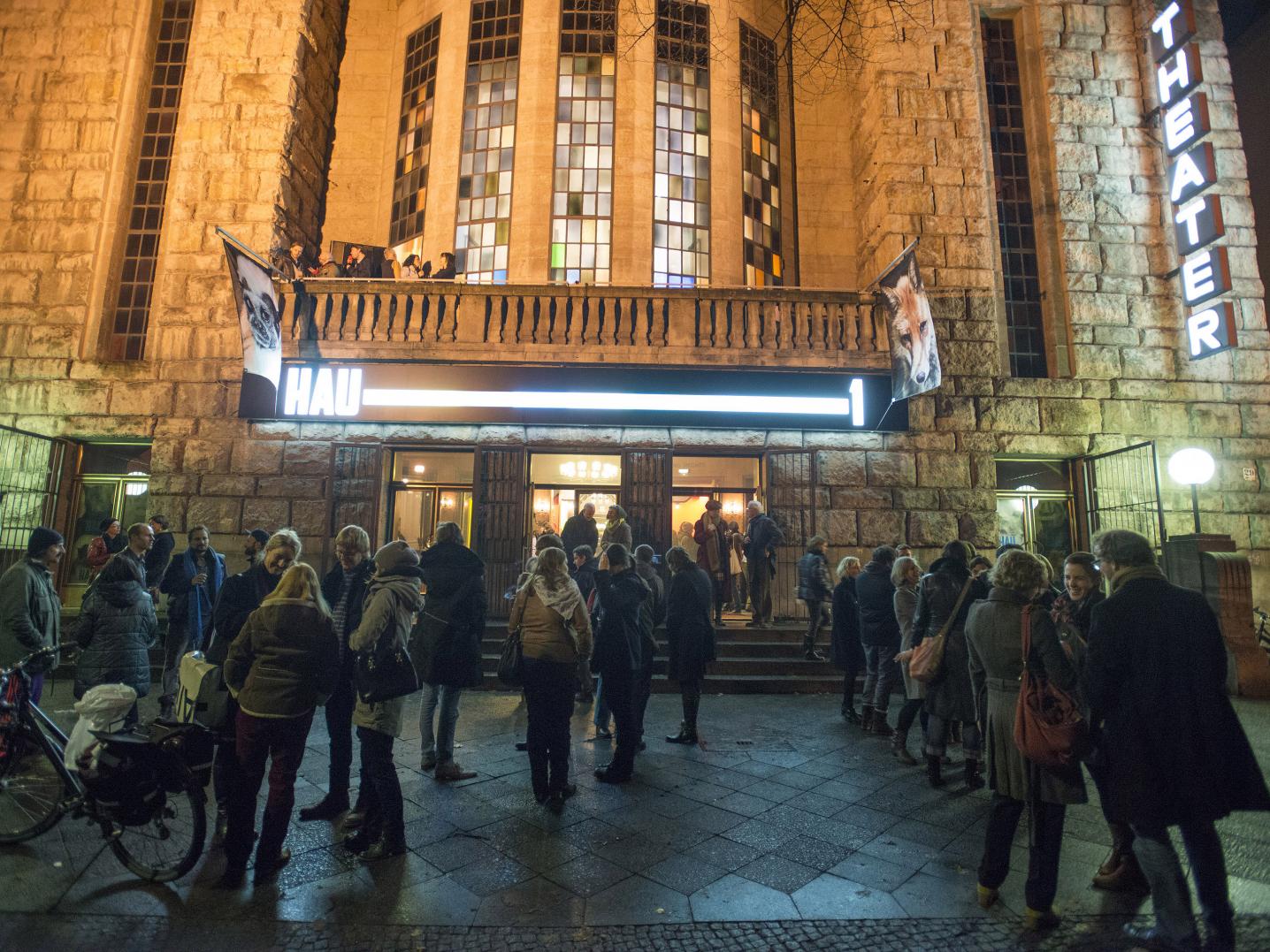
From international to translocal
The concept of translocality has been used in various contexts, especially media studies and migration studies (see e.g. Peth 2014 or Greiner & Sakdapolrak 2013, but also Lovink 1999 already in the ‘90s). It was recently theorised as a concept for cultural activities by Maarten Doorman in his essay Far-off and Nearby (commissioned by Nieuw Dakota), which he presented during a colloquium on translocality in the arts, organised by DutchCulture on the 30 April.
Doorman states that globalisation has put the opposition between ‘global’ and ‘local’ practices under pressure, as a result of which the local now requires renewed signification. With the concept of ‘translocality’ Doorman attempts to articulate and bridge the old rigid opposition between the local and the global, by advocating artistic activities that manage to be oriented on other parts of the world without losing their intrinsic bonds with the locality they belong to. As examples of these translocal cultural initiatives, Doorman mentions Nieuw Dakota (Amsterdam), KiK (Kolderveen), A Tale of a Tub (Rotterdam), Kunstvereniging Diepenheim, the Translocal Institute for Contemporary Art (Budapest), the Neuer Aachener Kunstverein, Laboratoires d’Aubervilliers (Paris), 3331 Arts Chiyoda (Tokyo), and A4 (Chengdu). According to Doorman, traditional terms like ‘cosmopolitan’, ‘international’, ‘national’ or ‘regional’ are inadequate to accurately describe the ambition and practices of these institutes and initiatives.
One of the common denominators of these translocal institutes is that they do not blindly follow the dominant tendencies of cultural globalisation, but instead withdraw from what Doorman calls ‘the global world of art’. With this term, Doorman refers to the generic art world of prominent museums, wealthy galleries and international festivals that bear the same characteristics all around the globe and do not have an intrinsic connection with a specific locality. For example, the paintings by Pablo Picasso and Barnett Newman in the Stedelijk Museum could just as well be part of museum collections in Tokyo or New York, and the Holland Festival programme largely features performers and musicians that crisscross the globe from one globalised city to another. In this generic world, the value of art is determined by a worldwide market hierarchy, in which cultural production is traditionally oriented towards a Western centre.
Translocal art, on the contrary, ‘emancipates the local’, by which Doorman means that it is intrinsically involved with the societal context and cultural background in which it comes into being. In other words, translocal art has a specific rather than a generic audience. Whereas in the past, working locally was often associated with provincialism and dilettantism – measuring artistic success by the number of customs stamps in one’s passport – Doorman wants to revalue the local by arguing that in a globalised world, one’s locality can be the locus of global movements and worldwide networks.
Although locality is often associated with a region or municipality, the term does not refer to any top-down defined topographic entity (cf. Wojtowicz 2002), but rather to a social environment, whose borders are not determined from the outside, but from within or through the cultural activities themselves (cf. Smith, DeMeo & Widmann 2011) – locality is always a living Umwelt, a scene (cf. Eckenhaussen 2019: 247-9). Such a locality can transcend regional or even national borders, as can be seen, for example, in artistically productive cross-border regions such as Brabant-Antwerp, Enschede-Münster and Heerlen-Aachen-Liege.
The distinctive characteristic of translocal activities, therefore, is not so much their local embeddedness as such, but rather the fact that they paradoxically transcend the limits of their locality without neglecting the bonds with their locality. This means that translocal artists are oriented towards places beyond their locality without taking part in the generic global world of art. They are instead connected with the world by consciously standing in a node of worldwide networks, global mobility and multicultural diversity.
If the corona crisis urges us to re-establish the legitimation of working abroad and to reformulate our cosmopolitan ambitions in ways that address the moral and artistic challenges of globalisation, the notion of translocality might be the appropriate term for this new ideal. With translocality, the local is rendered a new significance in a global context. What this significance entails specifically may differ from case to case, depending on how the locality is productively employed and how the activity is oriented on a place beyond the locality. Consider, for example, globally acknowledged art works with a strong connection to specific local areas; or consider cultural workers cooperating with both a local community and global partners; or artworks that are accessible for locals but are relevant to other parts of the world as well. In all these instances, it is the objective of translocality to position the locality in a global context and make visible how the world manifests itself in our local environments, while the significance of the nation state may be relegated to the background at the same time.
Critical voices
The repositioning of the nation state in Doorman’s narrative of translocality is the main source of both the term’s attractiveness (see e.g. Vanackeren 2019) and most of the ensuing critique. This controversy becomes particularly visible against the background of the current crisis caused by the coronavirus and was thoroughly discussed during DutchCulture’s colloquium.
According to Doorman, the coronavirus is itself a manifestation of the translocal condition of our globalised world. The COVID-19 virus is without a doubt a global phenomenon, but in a manner that is indifferent to national or regional borders: it propagates globally, yet appears locally and is thus said to manifest itself translocally. The social and political response to this translocal virus, however, is characterised by Doorman as a ‘nationalist reflex’: the measurements taken are almost exclusively at the level of national governments, while international collaborative frameworks, such as the European Union or World Health Organisation, struggle to formulate a unified policy. From the strange images of scoreboards, comparing countries’ infection numbers, to the closing of national borders, in their quest for safety we see an intensification of protectionism and nationalist discourse in almost all (Western) countries, while the concerns of all nations around the world have hardly ever been so much the same.
We are thus confronted with a tension between national structures and a translocal reality. And we can recognise this tension very clearly in the art world: whereas a lot of artistic practices might be structured in the way Doorman describes as ‘translocal’, most of these activities and institutes still rely on national funding bodies. Hence, one could argue that while it is the ambition of translocality to liberate the organic propagation of the arts from the artificial borders of nation states, it is precisely the nation state that often provides the material conditions for such an ambition in the first place.
At DutchCulture’s colloquium, the unabated significance of the nation state was emphasised by Josef Früchtl, professor in philosophy of art and culture at the University of Amsterdam. According to Früchtl, the current crisis does not show us, as Doorman tends to portray the situation, an inappropriate nationalist reaction to the translocal virus, but rather a understandable necessity for national infrastructures and public health. Früchtl holds that the corona crisis proves the strength and inevitability of the nation state, also culturally and ideologically: the state represents autarky, or basic self-sufficiency.
Despite the persistent strength of the nation state, Früchtl acknowledges that the global is becoming more important. However, Früchtl prefers the term ‘glocal’ to describe the fading rigidity of the opposition local-global. Whereas the term ‘translocality’ first emphasises a locality that subsequently transcends its borders, Früchtl holds that the term ‘glocal’ rightly expresses the dialectical relation between the local and global, i.e. their mutual interdependence instead of their opposition (an opposition which Doorman, implicitly affirms by calling for the translocal bridging of the two opposites).
Interestingly, the director of translocal art space Nieuw Dakota, Tanja Karreman, disagreed with Früchtl’s preference for the term ‘glocal’, since ‘translocality’ expresses the deliberate effort to seek for global connections – connections that Früchtl prefers to emphasise as a reality already being in place (cf. also Hepp 2009). Accordingly, Karreman defines her own translocal ambition as ‘’the combined effort to engage with one’s local environment, while at the same time working with artists from all over the world.’’
Annick Schramme, professor in international cultural policy at the University of Antwerp, likewise disagreed with Früchtl on the intensified role of the nation state, which she believes might apply to safety issues, yet not to the worldview of translocal artists. Schramme also disagreed with Früchtl’s preference for ‘the glocal’, since glocalisation stresses the influence of the globalisation on localities, while translocality should represent a more horizontal approach - a typification agreed upon by Doorman.
Another interesting point was raised by Geert Lovink, founding director of Institute of Network Cultures, who paraphrased Doorman’s notion of translocality as ‘’an attempt to escape from the critique on both the nation state and the globalisation’’. By this, Lovink means that, while the critique of globalisation tends us to revert to the nation state, and the critique of the nation state is often informed by cosmopolitanism, translocality promises a middle course in between both the unwholesome nationalism and rootless globalism. However, Lovink doubts whether a self-made identity like the translocal artist, can truly provide a sustainable and stable alternative within a capitalist world where such nomadic artists are precisely among the most precarious workers. Rather than forming the promising outcome of a crisis, Lovink holds that a crisis puts the translocal promise under pressure. And indeed, nomadic artists appear to have the least optimistic prospect of resuming their old practices soon.
Reacting on this practical point raised by Lovink, curator and artist Lara Staal remarked that we can respond to the precariousness of cultural workers, exactly by replacing the idea of the nomadic artist by a translocal approach that recognises the globality, which the nomad seeks by traveling, in the cultural diversity of the local environment. But this does require that we learn to continuously listen to the rich polyphony of cultural voices that are already present within our local surroundings. If translocality could be of use in responding to the challenges of globalisation mentioned above, then it does so by stimulating us to acknowledge the globality within the locality.
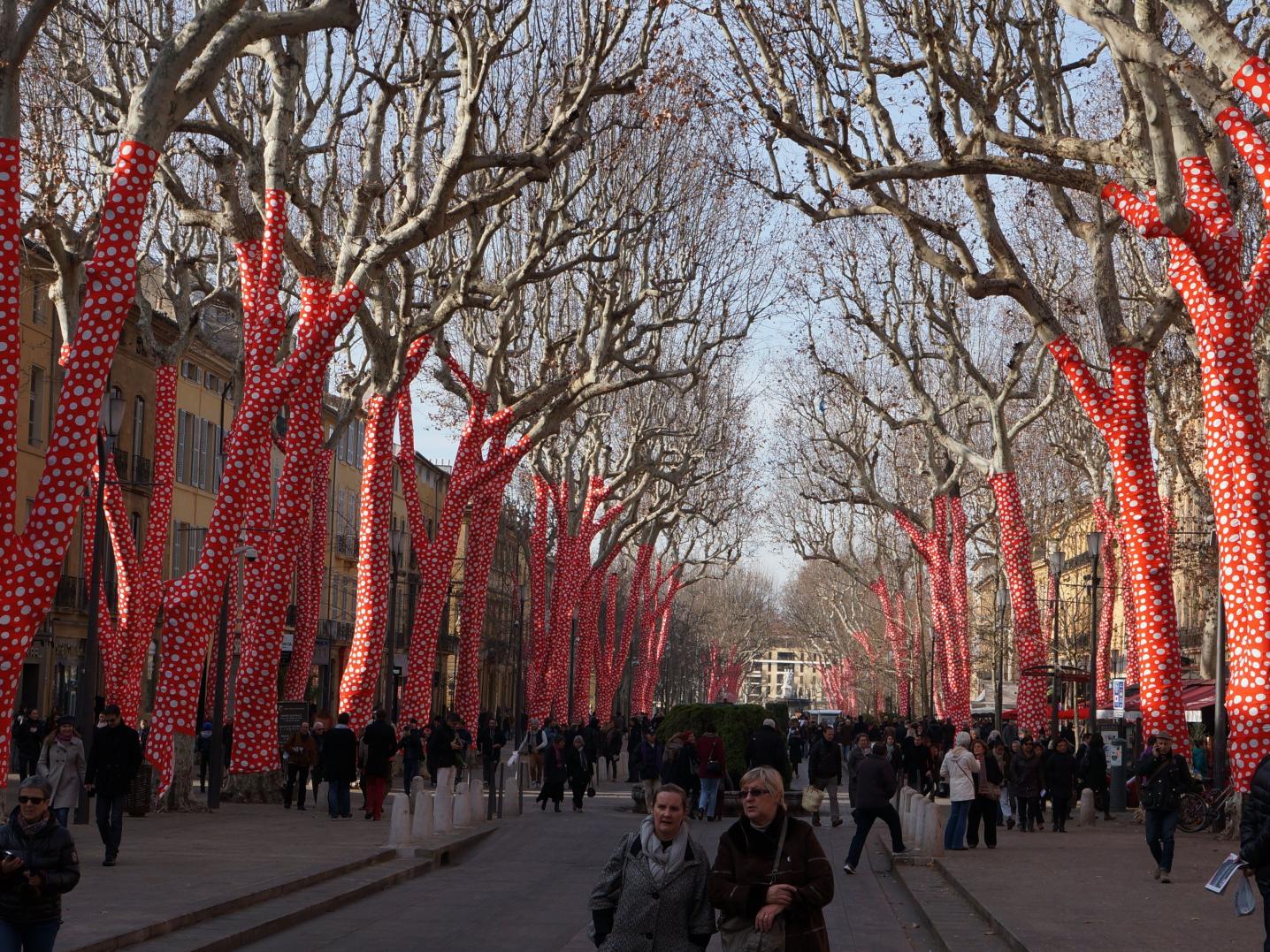
To conclude: translocality as a question
At the end of his lecture, Doorman formulated his conclusion as follows:
"Can we imagine a world in which migration, global changes and local roots co-exist, untroubled by once-upon-a-time borders and now-obsolete hierarchies?"
It is not surprising that Doorman ends his talk on translocality in the arts with a question. For however promising the term translocality might be, what it actually signifies remains underdetermined. As used by Doorman, the concept seems to be a critical or negative notion: it first of all expresses what it is not: it is not taking part in the global world of art, not being directed towards a hegemonic centre, nor exclusively oriented on a local surrounding, while its positively formulated, concrete alternative – that which it actually is – remains an unresolved question. This indeterminacy not only applies to the term’s descriptive capacity, but just as well to its normative potential: even though the term raises plenty of important critical questions, it does not directly provide us with a concrete alternative to pursue.
However, this indeterminacy does not mean that ‘translocality’ is a castle in the air and of no use for practically engaged cultural workers. Instead of treating it as a definite descriptive predicate or a distinct normative criterion that relies on assignable realities or concrete idealities, perhaps we should see ‘translocality’ as, indeed, an unresolved question. Translocality, then, refers to the attempt to answer the question whether something like translocality in the arts is possible, and is so, what it could look like. Or, formulated more substantively, how can one transcend the limits of one’s locality without abandoning one’s connection to that locality, i.e. how to transcend borders without entering into a generic global world of art? Translocality is not a definitive answer to that question – a sort of gefundenes Fressen to be discovered in one or another article – but instead comprises that very question. And as such it discloses a whole universe of other highly relevant questions concerning the future of cultural internationalisation: for example, how to use the diverse and rich polyphony of one’s local history as a source of inspiration; how to stay connected with people around the globe while protecting climate and planet; how to make sure that one’s international endeavours are also intercultural exchanges; how to arrange a fair international cultural collaboration that does not reproduce the structural power differences that dominate our globalised world; and so on and so forth.
All these questions express the wish to not be pulverised by the increasing globalisation, nor to shut oneself off from globalisation, but instead to actively engage with globalisation’s possibilities by repositioning one’s artistic practice in a meaningful place that interacts with its social and cultural environment. An open understanding of translocality – indeterminate as a general theory, to be concretised only through particular practices – therefore offers us a first orientation in responding to the challenges of globalisation. As a result, the corona krísis might encourage us to revitalise our international cultural passion with renewed solid legitimations that fit both current society and tomorrow’s world. Es ist Zeit, dass es Zeit wird.
Literature
- Boon, Errol (2019). 'What does cultural Internationalisation mean anno 2021?’. Amsterdam: DutchCulture.
- Bul, Maarten (2018). ‘Report on fair international cultural cooperation #1 – funding parties. Conventions and pratical issues in funding international activities’. Amsterdam: DutchCulture.
- Chayka, Kyle (2019). ‘Can the Art World Kick Its Addiction to Flying?’ London: Frieze.
- Doorman, Maarten (2019). ‘Far-off and nearby - on translocality in the arts’. Amsterdam: Nieuw Dakota.
- Doorman, Maarten (2020). 'On translocality in the arts'. Amsterdam: DutchCulture.
- Eckenhaussen, Sepp (2019). ‘Transvaluing the translocal’. In: Scenes of independence. Amsterdam: Institute of Network Cultures.
- Figes, Orlando (2019). Europeans: Three Lives and the Making of a Cosmopolitan Culture. London: Penguin Books.
- Garr, Megan (2011). ‘Who is left untouched by the world?’ Amsterdam: Versal.
- Graan, Mike de (2018). Beyond Curiosity and Desire: Towards Fairer International Cooperation in the Arts. IETM, On the Move en Dutchculture.
- Greiner, Clemens & Sakdapolrak, Patrick (2013). ‘Translocality: Concepts, Applications and Emerging Research Perspectives.’ In: Geograpy Compass, 7 (5): 373-384.
- Hall, Stuart (1997). ‘The Local and the Global. Globalization and Ethnicity. In: Anthony D. King (ed.), Culture, Globalization and the World-System. Contemporary Conditions for the Representation of Identity, Minneapolis.
- Hepp, Andreas (2009). ‘Transculturality as a perspective: researching media cultures comperatively’. Forum Qualitative Sozialforschung / Forum: Qualitative Social Research, 10(1), Art. 26.
- Janssens, Joris (2018). (Re)framing the International. On new ways of working internationally in the arts. Brussel: Flanders Arts Institute.
- Lovink, Geert (1999). ‘Van transnationaal naar translokaal. Interview met Saskia Sassen.’ In: Ravage, 279.
- Peth, Simon Alexander (2014). ‘What is translocality? A refined understanding of place and space in a globalized world.’ Translocal Resilience Project.
- Smith, Laura; DeMeo, Brieahn & Widmann, Sunny (2011). ’Identity, Migration, and the Arts: Three Case Studies of Translocal Communities.’ In: The Journal of Arts Management, Law, and Society, Vol.41, p. 186-197.
- Vanackere, Annemie (2019). ‘From local spectator to international player’. Amsterdam: DutchCulture.
- Vanhee, Sarah en Imschoot, Tom van (2018). ‘De nood aan een andere taal’. Brussel: Kunstenpunt.
- Wojtowicz, Ewa (2002). ‘Global vs. Local? The Art of Translocality.’ In: Art Inquiry. Recherches sur les arts, Vol. IV (XIII) Globalization and Art Lodz.
